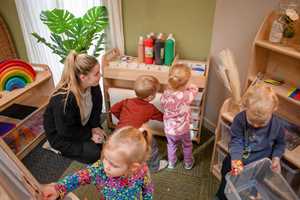
Lesson Ideas and Activities
It is National Storytelling Week and these literacy activities and ideas will help you celebrate with your pupils.
National Storytelling Week will take place from 27th January to 4th February 2024.
Stories open up the world to children and adults, “allowing them to step into someone else’s shoes and feel empathy, they help us to relax and escape and they can help develop essential literacy skills.” (Literacy Trust 2024)
This year's theme is Dream Up a World. Where children are invited to be creative and experimental with their writing. The project is aimed at learners across a wide age range covering Early Years, Key Stage 1, Key Stage 2, and Key Stage 3.
“Storytelling is so much more than books! All you need is imagination.” (Words for Life 2024).
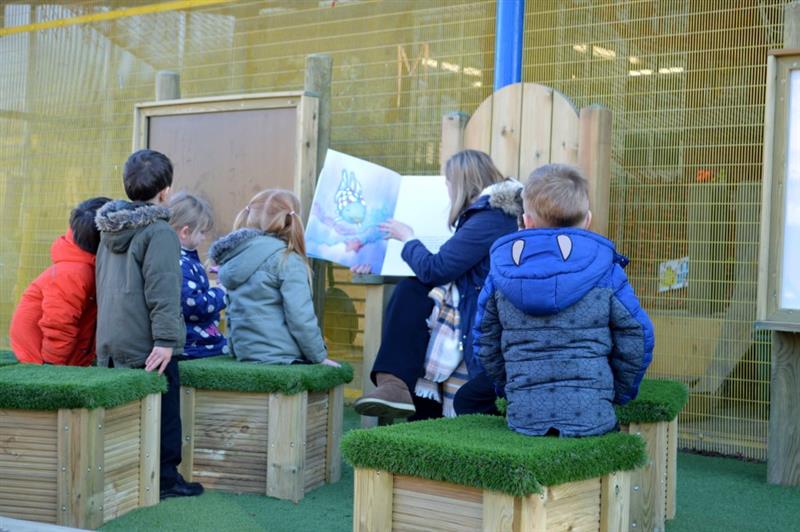
Storytelling is an essential tool for children’s learning and development, especially in Early Years. According to the UK Department for Education, storytelling helps to stretch children’s vocabularies, expand their horizons, and extend their ability to learn. (Gov.uk)
Here are some fun literacy activities for EYFS and KS1 children to do, to enhance their storytelling development:
The Story of Your Name
A lovely way to get children talking and sharing ideas.
- Ask the children to sit in a circle on the floor or go outside to the Storytelling Circle with Perch Benches.
- Ask the children some questions “What do you know about your name?”, “Do you know why your name was chosen?”, “Does your name mean anything in English or another language?”
- Let the children discuss in pairs their names to see if they know why they are called their names and their origin.
- If children do know let them tell the class one at a time about their name.
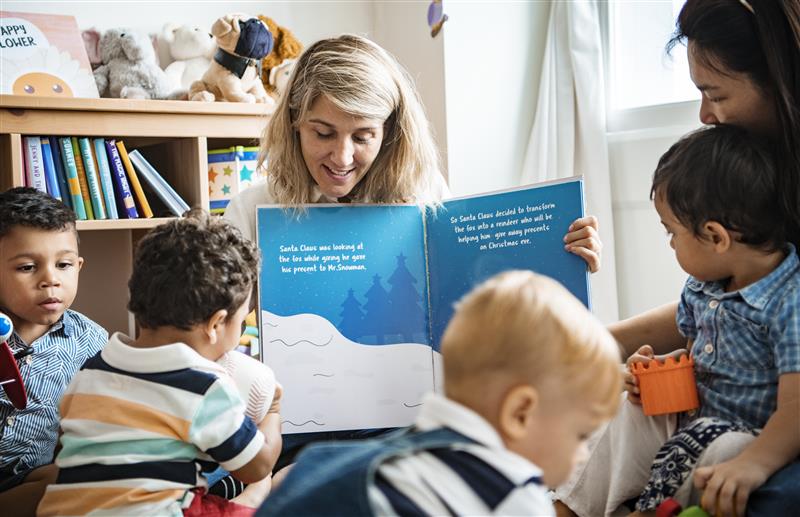
Fortunately, Unfortunately
A terrific way to get children to develop their creative ideas is by telling stories in sequences. In line with National Storytelling Week, you could look at creating different Dream Worlds using this game!
- Ask the children to sit in a circle.
- Write Fortunately and Unfortunately on a Whiteboard or Chalk Easel
- Let the children know that they will be playing a quick storytelling game called Fortunately, Unfortunately.
- Tell the children this is a game where we go around the circle and everyone has to start a new sentence of the story with Fortunately or Unfortunately as it alternates.
- Model to the children the start of the games by starting the story with the sentence with “Fortunately” e.g. Fortunately when I opened my eyes all I could see was brightly coloured trees of all shapes and sizes.
- Ask the child next to you to then continue the story beginning with Unfortunately e.g. Unfortunately, I could hear a loud hissing noise coming from the gigantic, turquoise tree next to me!
- Continue around the circle until each child has had a turn.
Watch and listen as the children use humour, imagination, and unexpected twists and turns to create their own wonderful stories!
Make a Class Story Sack
Making a class Story Sack can enhance children’s storytelling by making the children more involved with the story. The more interested they are, the more they will enjoy the love of storytelling and books. A Story Sack promotes play, which in turn improves their memory and supports their literacy and communication skills.
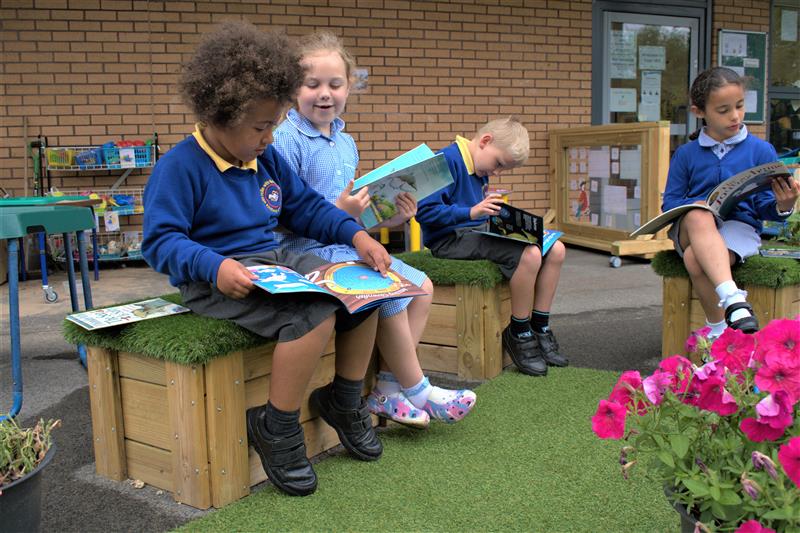
How Do You Make a Story Sack?
- Choose a story e.g. Little Red Riding Hood.
- Choose a Sack – this can be anything from a fabric bag, or pillowcase, to an old shoe box.
- Collate objects that are linked to the story e.g. a red cape, figures/puppets of a mummy, little girl, grandma, a toy bed, a toy wolf, a basket, a toy cake, a pair of toy ears, a pair of sharp teeth, spectacles, a toy axe etc.
Product Spotlight
How Do You Use the Story Sack?
A Story Sack is a very versatile resource. Here are a few examples of how you can use one:
- In small groups gather the children together. A lovely space to use would be one of Pentagon Play’s Decked Gazebos with Benches.
- Show the children the Story Sack and lay out the contents of the Story Sack on the floor.
- Read the children the story that the Story Sack is based on e.g. Little Red Riding Hood.
- Let the children look at and pick up the pieces of the Story Sack in front of them in an orderly manner.
- Can they make connections between the objects and the story?
- Can the children tell you who the main characters are and what they are like?
- Can the children tell you the theme of the story?
- Can they use the objects to retell the story in their groups/individually?
- Let the children work together using the objects from the Story Sack to sequence the story and then retell the story.
- To extend their learning can the children change the story using different characters? What characters could they introduce?
- Could they create new recipes for cakes and treats for Grandma?
- Or could they change the world that Little Red Riding Hood lives in?
Pentagon Play’s Gazebo Chalkboard is a fantastic resource to use to allow children to note down and story map their ideas. It can be used also to introduce new characters and create wonderful recipes!
Act Out a Favourite Story
A lovely way to get all children involved in storytelling is to act out a well-known story. Here is how to do it:
- Ask the children to sit together (a lovely resource would be Pentagon Play’s Large Performance Stage with Perch Benches) and read a familiar story to them such as The Three Little Pigs or Goldilocks and The Three Bears.
- Once read, split the children into small groups (enough so that each child can have a character to play) and ask them to act out parts of the story together e.g. one group has The Three Little Pigs leaving home and buying their materials for their homes, one group has The Three Little Pigs building their homes and the Big Bad Wolf coming to the Straw house, one group has the Big Bad Wolf coming to the Stick house and so on.
- Let the children experiment with silly voices and actions for each character and listen for the familiar vocabulary being used from the story itself.
- Ask the children to perform their scenes in front of each other on the Performance Stage.
- Ask the children how their characters feel and show it using their body language and expressions e.g. the wolf could be angry and hungry, the first little pig could be scared but the last little pig in the brick house could be excited, happy, euphoric!
- Introduce new concepts to the children – what happened next? Or what other animal could have visited the houses? Could the pigs live elsewhere e.g. the moon? Let the children be free to use their imaginations and create new parts of the story. Ask them to work together to create a new scene and to act it out in front of the class.
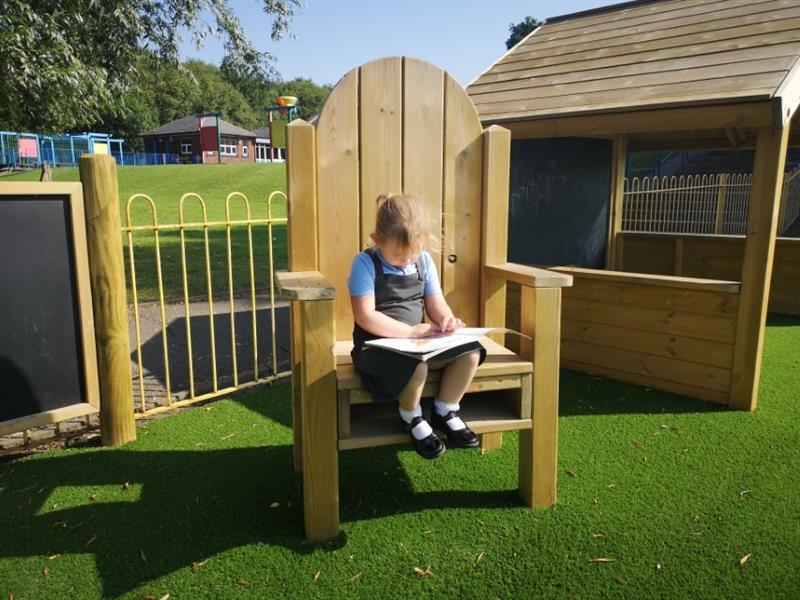
This is a wonderful activity to encourage language development, teamwork, self-confidence as well as memory development, and the understanding of sequencing.
Promoting storytelling throughout your school, you are enhancing your children’s learning and enjoyment of English and providing them with the foundations for a lifetime love of stories!
For more information on our Storytelling Products, view our Imaginative and Creative Range Now.
Or, Contact Our Team Today to get started on developing your own storytelling space!



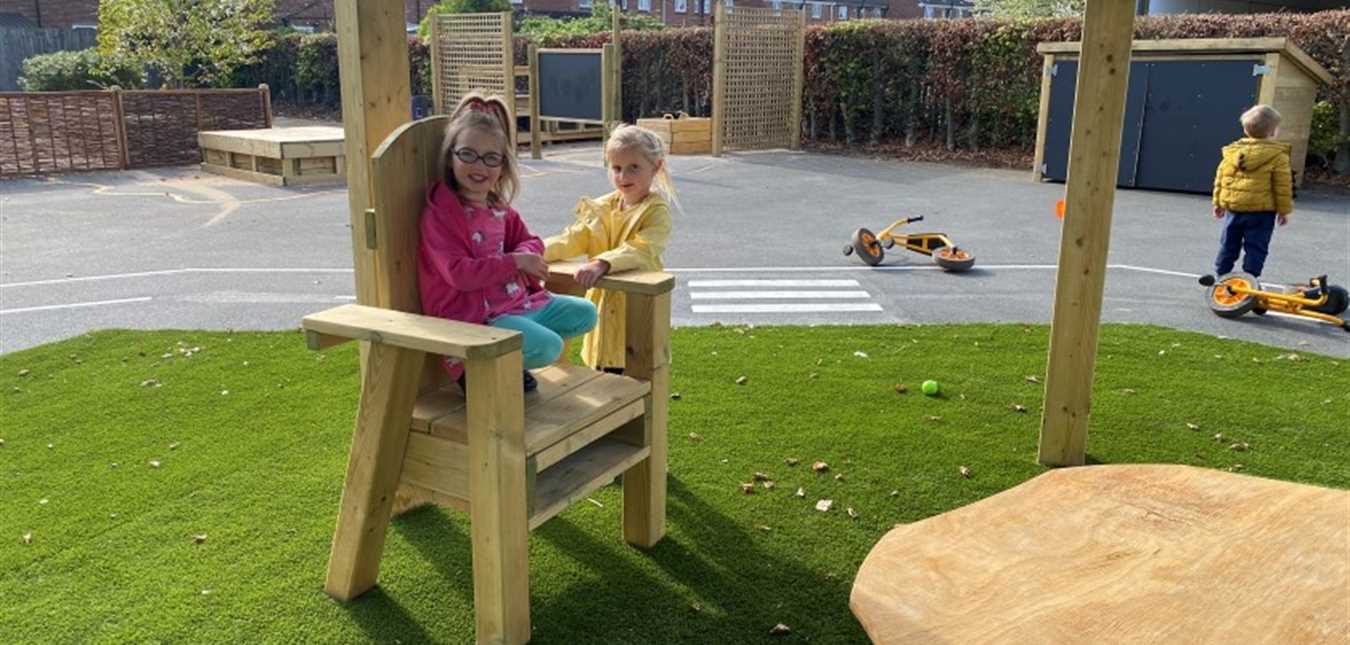
.jpg)


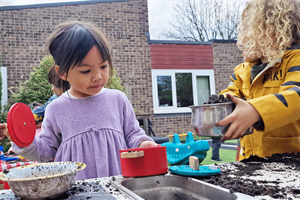
 (Custom).jpg)